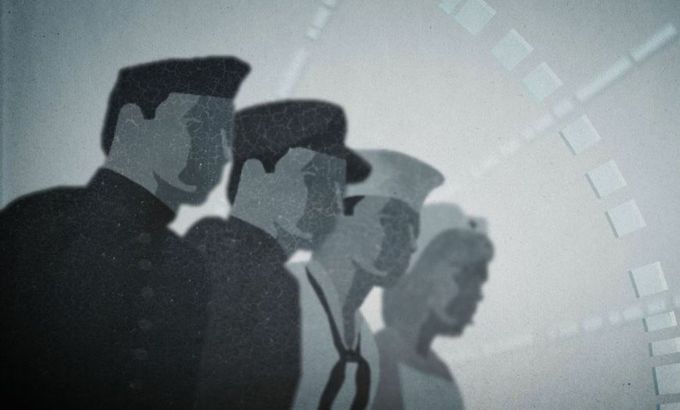
Unsung hero: Charles Drew, the father of the blood bank
The father of the blood bank saved thousands of lives during World War II and campaigned against racial segregation.
Dr Charles Drew’s pioneering research into long-term storage of blood plasma during World War II not only saved the lives of thousands of soldiers and civilians, but also paved the way for blood banks across the world.
Born in 1904 in Washington, Drew attented medical school and became a physician, surgeon and medical researcher.
Keep reading
list of 4 itemsUK set to ban tobacco sales for a ‘smoke-free’ generation. Will it work?
Poland lawmakers take steps towards liberalising abortion laws
First pig kidney in a human: Is this the future of transplants?
As an African American, he broke down barriers in a racially divided US to become a leading physician, and campaigned against the exclusion of black doctors from medical organisations.
He developed a method for safely separating and preserving the liquid parts of the blood, known as plasma, from the blood cells. Before this, blood could only be stored for up to two days, while plasma could be stored for up to seven days in refrigerators in blood bank sites.
Drew also discovered that the plasma could be dried and then reconstituted when needed.
With war raging in Europe and blood stocks fallen desperately low, Drew was tasked to lead a special medical effort known as the ‘Blood for Britain’ project. A scheme to transport blood and plasma across the Atlantic to Great Britain.
His team oversaw the collection of blood from several New York Hospitals using centrifuging and sedimentation to separate blood plasma from cells. When the programme ended in 1941, more than 5,000 litres of blood plasma had been shipped to England.
Later that year, Drew worked on developing a blood bank for US military staff. But he left after becoming frustrated with the military’s request to segregate the blood donated by African Americans.
He continued to develop new ways of collecting and storing blood, including setting up blood mobiles used by the Red Cross. And at the time of his death following a car crash in the 1950s, he was known as the father of the blood bank.